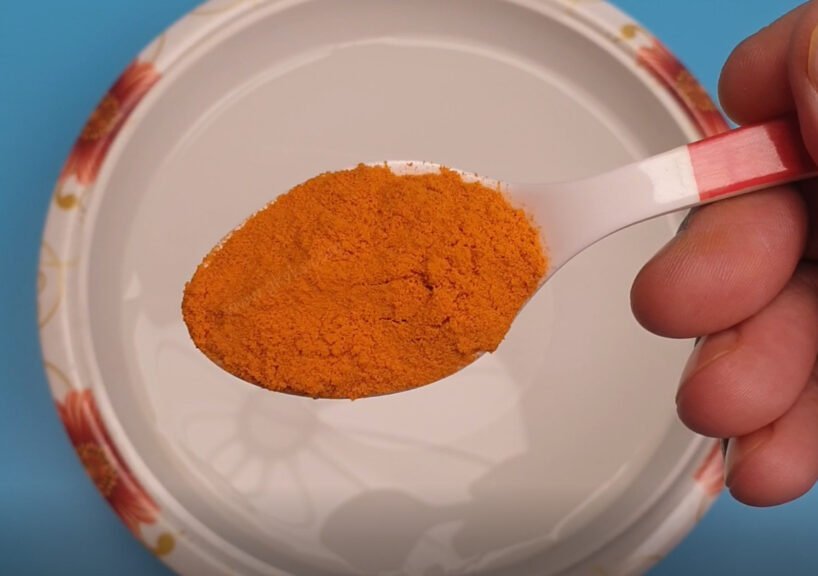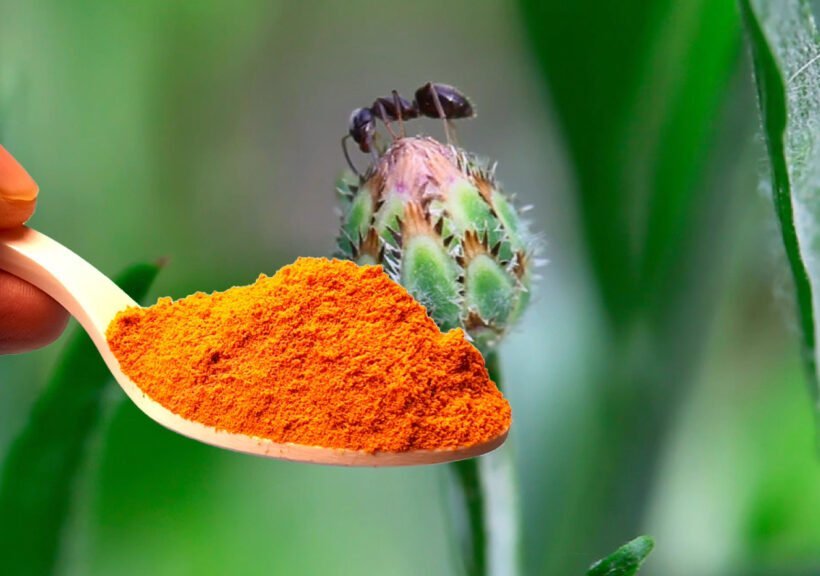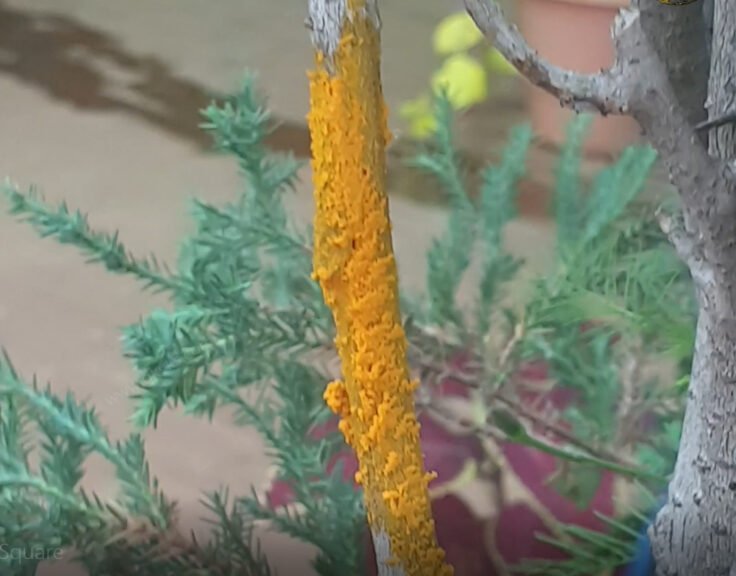Contents
In Today’s post, we will look into 6 amazing Turmeric uses in gardening and how to use it singly or in combination with other stuff to make it more powerful.
Introduction
First and foremost, please avoid the use of chemical pesticides and fertilizers which have a lot of hazardous effects on humans and animals. That’s the main reason why we promote the use of natural agents on this gardening portal.

Turmeric Uses in Gardening
Turmeric rhizome contains a substance called curcumin, which is a very potent antioxidant, has antimicrobial, anti-inflammatory, and hepatoprotective effects, and is very beneficial in boosting the immune system of our body. Turmeric is not only good for the human body but also has some amazing benefits in the garden. You can easily grow a turmeric plant from a small piece of turmeric rhizome and harvest a lot of turmeric.
Ant Repellant
Sometimes ants, especially if there are lots of them, can be a menace to your garden. They seem to be particularly sensitive to turmeric’s strong odor.

How to Use Turmeric to Get Rid of Ants
Simply sprinkle turmeric powder around your plants and even over the surface of the soil. Just a few pinches and not too much. This can repel ants and help you get rid of these unwanted visitors in your garden, which can sometimes pose a serious threat by carrying mealybugs to the growing ends of plants. Yes! Mealybugs and ants have a symbiotic relationship. Ants carry mealybugs to the growing ends of plants in exchange for the honeydew excreted out of their anus. So, ant control means mealybug control.
Soil Pest Control
You can get rid of soil pests, particularly fungal root rot and fungus gnats in the soil, by mixing turmeric in the soil. You can mix about 1 tablespoon per gallon of soil while making your potting mix or whenever you repot your plant. Remember, adding too much of it can have a negative impact on the beneficial soil microbes. The other method to use for plants that cannot be repotted is mixing 1 tablespoon of turmeric in 1 gallon of water or 1 teaspoon per liter of water and thoroughly watering your affected plant with this solution. We will shortly discuss how to make a powerful pesticide spray using turmeric. Please watch it till the end.
Healing Tree Wounds
Similar to humans, open wounds or injuries in plants can make them susceptible to different kinds of diseases and infections, particularly fungal rot. Due to its natural antiseptic and antibacterial properties, turmeric is also a natural remedy to heal various types of plant wounds. You can make a turmeric paste and apply it over the wound to save the plant. This also helps in plant stem or branch fractures. You apply the paste and tie a polythene or grafting tape to save the plant. This turmeric treatment is also commonly used after pruning tree branches to cut wounds, also used in grafting, and any other similar situations when the plant becomes exposed to external damaging factors.

Treating Rose Die Back Disease
Treating Rose die-back disease is one of the best turmeric uses in gardening and farming.
Rose die-back is a condition commonly affecting rose plants where there is browning or blackening of the tip of the rose stem or a branch which then travels down toward the graft and may engulf the whole plant causing death. It can either be a branch dieback or the main stem dieback towards the graft. It is in fact a commonly encountered problem by every gardener and can sometimes be too bad causing the death of the plant if no intervention is done. Though the main treatment of dieback disease is pruning the involved stem or branch, applying turmeric paste over the wound after pruning helps prevent the progression of rose dieback disease.

Turmeric Use as a Rooting Agent
Though not a rooting hormone, turmeric can be used to increase the chances of rooting plant cuttings. This is mainly because of its anti-microbial and anti-fungal effects.
Pesticide Spray
Turmeric alone as a spray can be used to treat a few fungal plant diseases and pests like powdery mildew and other fungal spots. But it is not effective against pests like mealybugs, aphids, mites, and other pests. For minor fungal spots and powdery mildew, you can mix 2 teaspoons of turmeric powder in 1 liter of water and spray on the affected plant.
Making a Powerful Pesticide with Turmeric
Though there is no substitute for neem oil for pest control, you can make a powerful and broad-spectrum pesticide using turmeric and other stuff, especially if neem oil is not available in your location. You need to mix other stuff depending on what you want to treat.
For Powdery Mildew
You can mix 2 teaspoons of turmeric powder, 100 ml of milk, and 2 teaspoons of distilled white vinegar to 1 liter of water and spray on the affected plant. This is the most powerful natural remedy to treat powdery mildew.
If Neem Oil is Not Working on Certain Pests
You can add turmeric and garlic to the neem oil solution if the pests are resistant to neem oil. You mix 5 to 10 ml neem oil in 1 liter of water and add 1–2 teaspoons of turmeric powder or even fresh turmeric rhizome and then add 4 to 5 cloves of crushed garlic to this mixture and sieve it fine to avoid clogging of the spray bottle. Spray this once weekly. A patch test on a leaf may be important, depending on the concentration of your neem oil brand.
Please Watch a detailed video Turmeric Uses in Gardening below:
